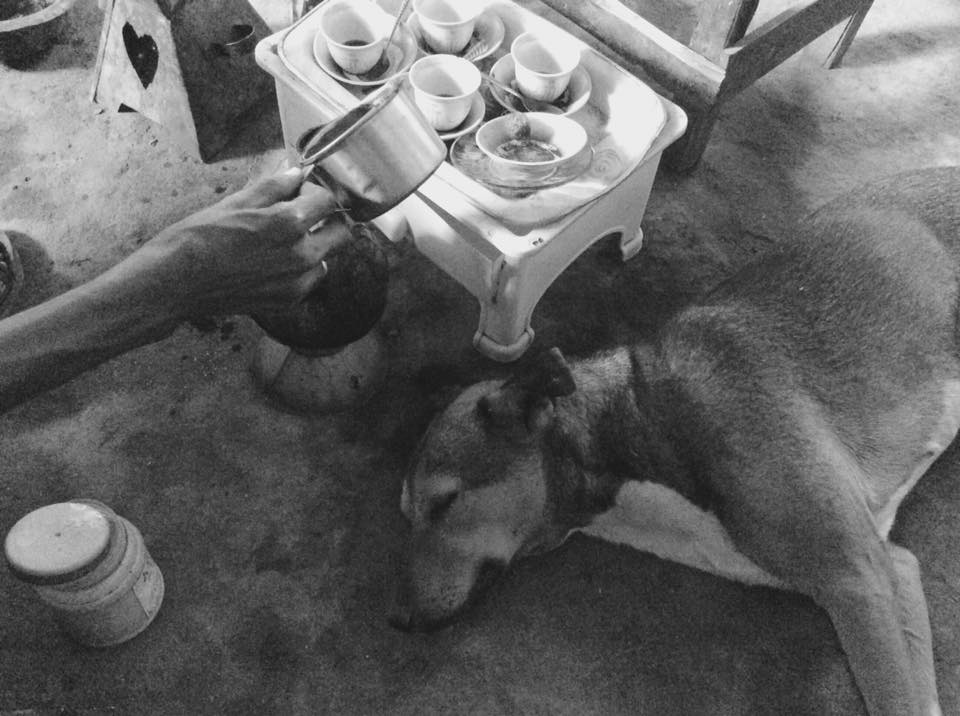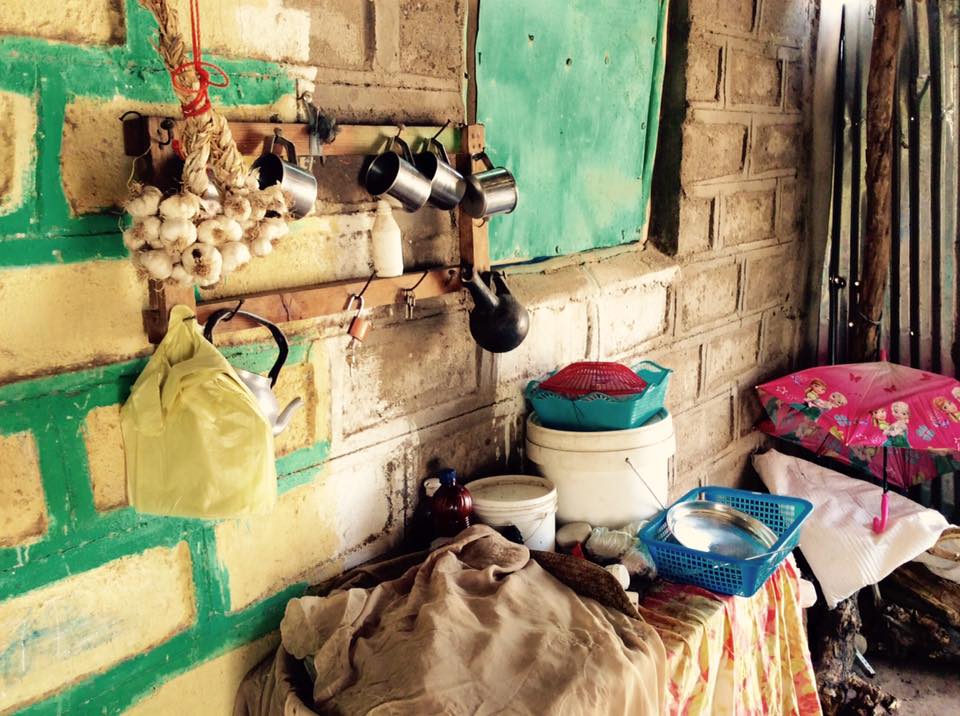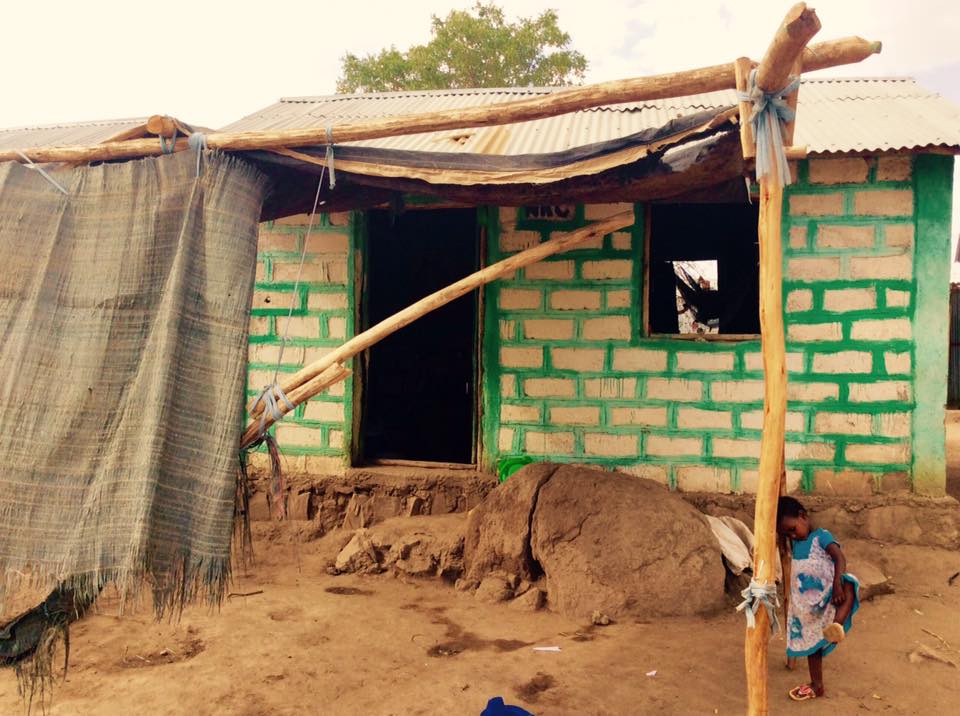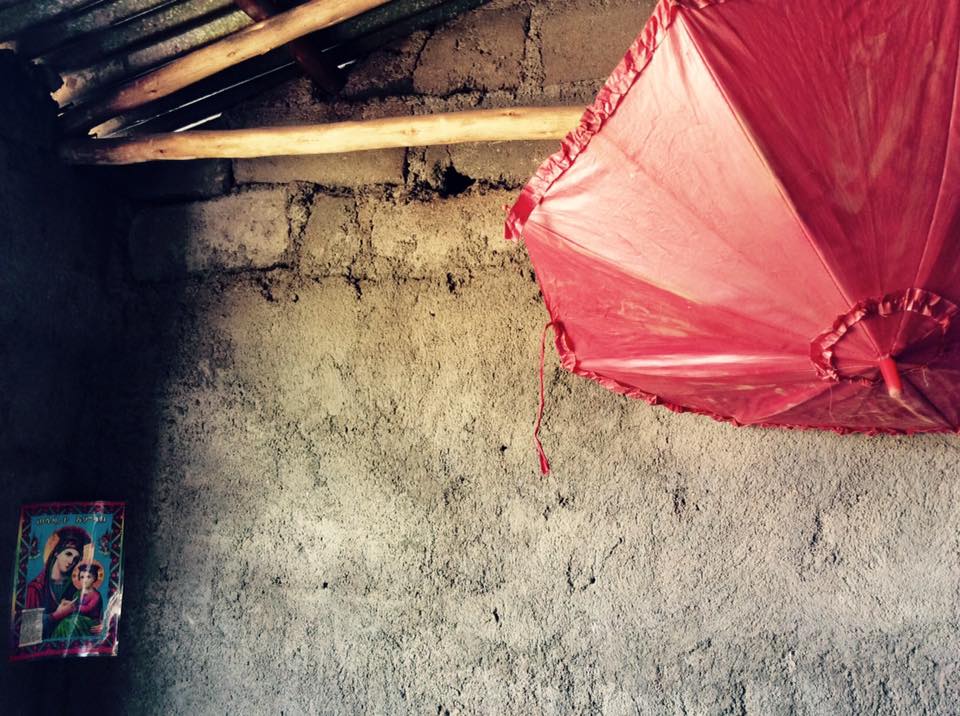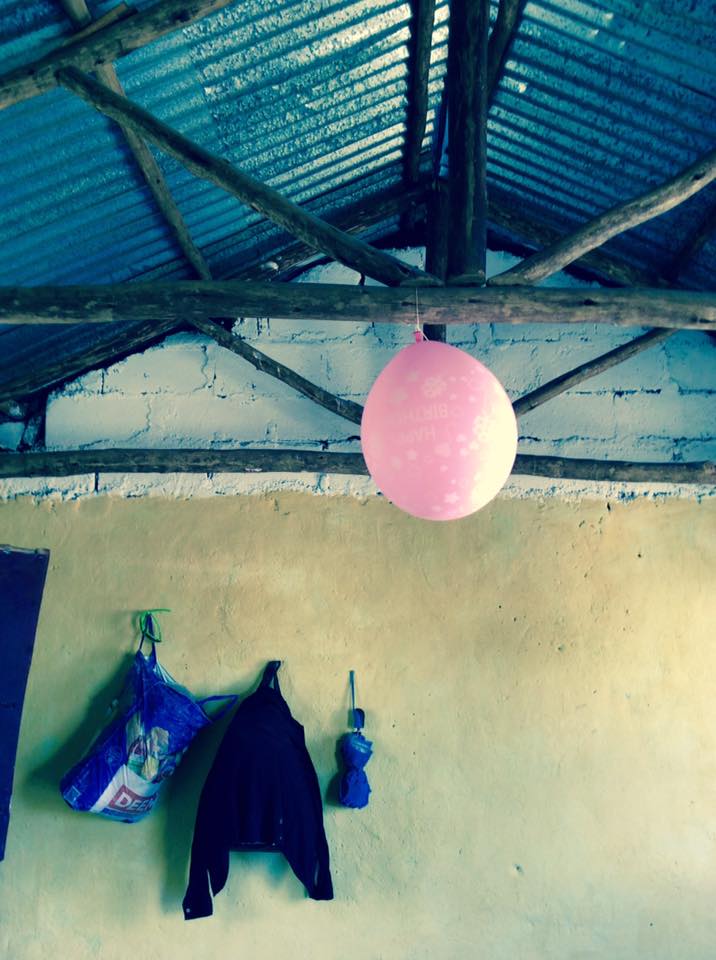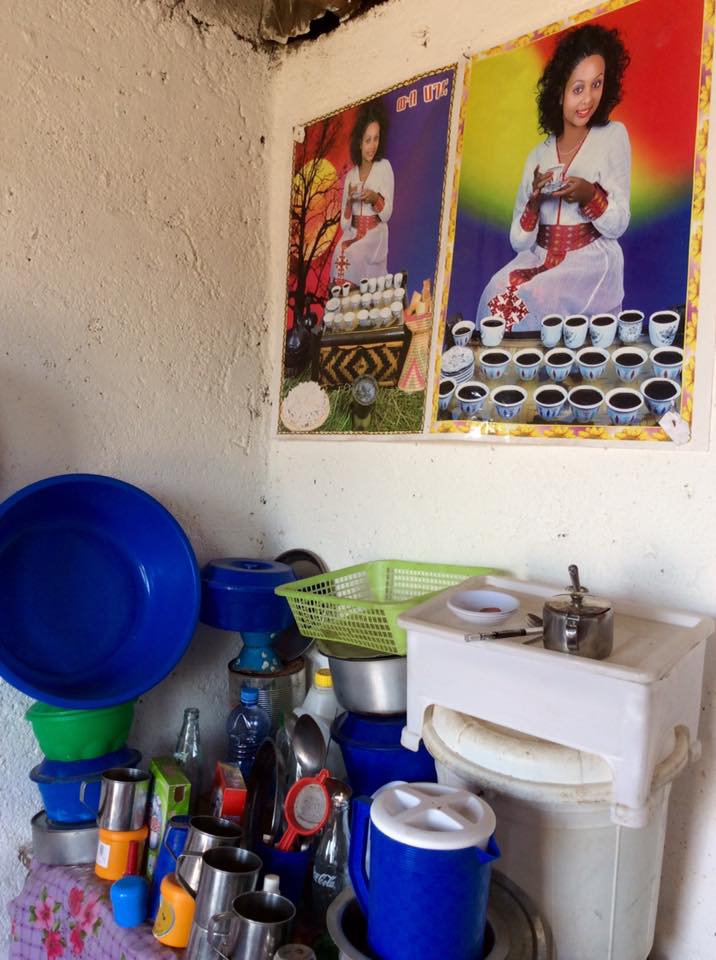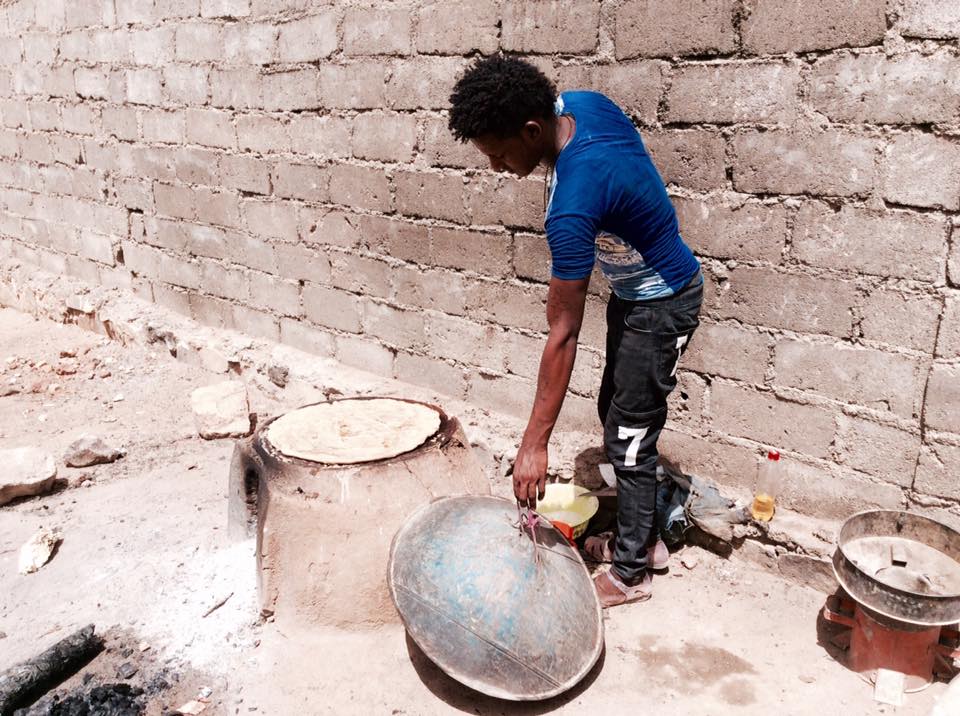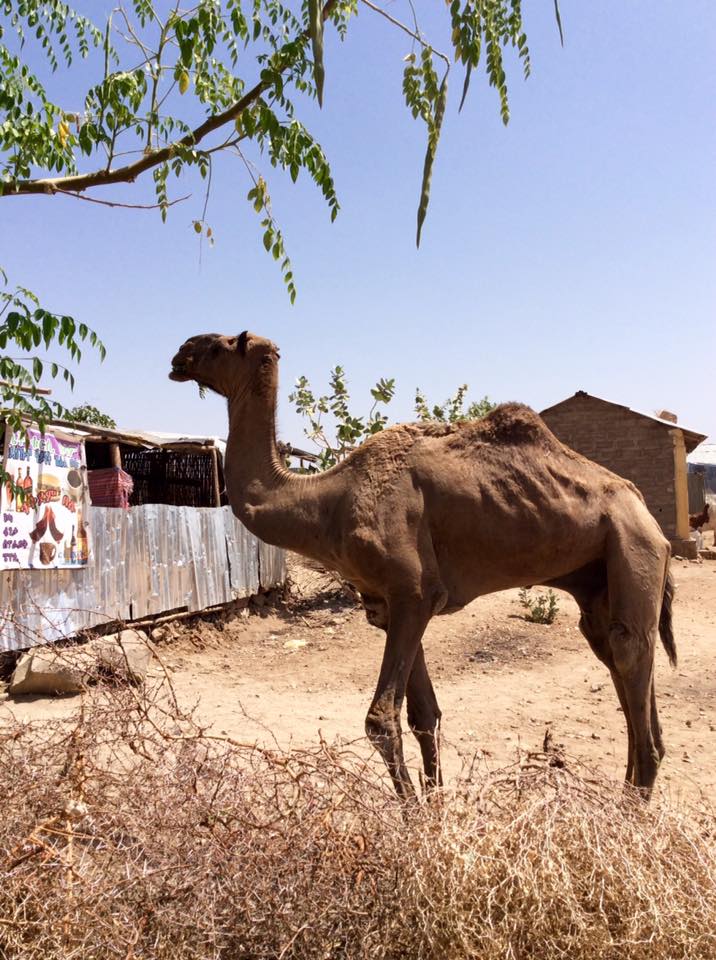We have returned from fieldwork in Hitsats, Eritrean refugee camp located in Tigray regional state in Northern Ethiopia. In collaboration with the University of Aksum we carried out 60 survey-based interviews during April, the hottest month in the camp.
Hitsats is located approximately 45 kilometres from Shire Endasellasie, the seat of North-western Zone of Tigray, about 1,130 km north of Addis Ababa, and only around 100 km away from the Eritrean capital Asmara. It is characterized by hot and arid semi-desert climate, with daily temperature rising above 40 degrees Celsius during the dry season. The cooler rainy season normally begins in June and ends in September. The area is prone to tropical diseases, particularly malaria, exacerbated by poor WASH facilities. The camp is not well equipped with electricity and water provision, having an impact on the mostly highlander – therefore used to much lower temperatures - refugee population’s ability to cope with the harsh climate. Hitsats is the newest - it was established 5 years ago - and the least favourable camp to live in out of all Eritrean refugee camps (Shimelba, Mai Ayni and Adi Harush) in the region.
On average, over a thousand new refugees arrive in Hitsats refugee camp per month. Nonetheless, equal number of refugees, if not more, leave the camp every month to third countries, keeping the average refugee population in the camp hovering between 11,000 and 12,000. As it is the case in most of the camps in Tigray, the overwhelming majority of the refugees in Hitsats are members of Tigrigna ethnic group, which shares a wide boarder as well as cultural ties with Tigray region in Ethiopia. However, Hitsats camp stands out for its mostly young, male population who fled compulsory military service in Eritrea. Nearly a third of the refugees in Hitsats are under the age of 18. There is also a high number of unaccompanied and separated children, comprising around 10% of the camp. The young demography and the hostile weather conditions in the camp are often said to exacerbate refugees’ risk of onward irregular migration out of Ethiopia and towards Europe via the Central Mediterranean route.
The total area of the camp covers approximately 2,104,000 m2 (210.4 ha). There is no physical barrier that delineates the camp from the small town of Hitsats. The camp is divided into four zones, and there are about 1,333 permanent shelters built by the Norwegian Refugee Council (NRC) without any prior consultation with refugees. The cost of one shelter is approximately $1,300. The first refugees who arrived in Hitsats were given tents where they stayed for around 6 months. The shelters were constructed in haste – for instance, the cement was not watered - which resulted in poor durability of the buildings, particularly in bad roofing. An average of five to nine refugees (which is the maximum number of people allowed in one shelter although there are shelters housing as many as 26 young people) lives in one unit concrete block (HCB) house which is 4m x 5m. The roofs are constructed from iron sheets with timber trusses, and openings (usually two windows but there are shelters with one only one window) are made of poorly cut zinco, often with sharp edges. Shelters for young single people are structurally weaker and form a block of 4 houses, whilst shelters for families are ‘stand-alone’. Sounds disturbances and the risk of spreading contagious diseases from neighbours were a common complaint expressed by people housed in the first type of the shelter. Badly designed rocky stairs are a hazard for small children. Each shelter usually has two mud beds which are made by refugees themselves. Floors are made of mud too and are often uneven. Given lack of partitions, one room serves as a bedroom, kitchen, and a storage, which is perceived by refugees as both uncomfortable and unhygienic. People socialize around coffee ceremony, which involves roasting raw coffee beans and takes on average 3-4 hours as one should traditionally drink three cups of freshly brewed coffee in order not to offend the host. In absence of outdoor space, this is done indoors, which raises the temperature and produces smoke.
Given how small the shelters are, partitions are not a practical solution and external sitting space is the most favoured adaptation aimed at coping with the heat. Completely sealed off compounds are preferred due to prevalence of theft in the camp. From our own observation of interviewing people in their shelters, L-shape external spaces provided particularly good ventilation and thermal comfort. Refugees who cannot afford to build such spaces should be provided with materials to do so. In general, most people would prefer to build their own shelter.
Roofs should be completely redesigned and elevated, with an added ceiling in order to cool down the space. Openings should be towards the north and south. They should be strengthened given a high risk of theft in the camp, which usually occurs when people go for lengthy church services in the night and early morning. Refugees in Hitsats have a clear preference for currently existing private bathrooms, and most people also preferred having their own kitchens. This may be because of distances between shelters and already built but unused communal kitchens. Privacy is not an issue as such, but the lack of space is.
The political context in Hitsats refugee camp is relatively relaxed, as there are no restrictions on usage of materials and adaptations in the camp. Eritreans are very much a population of ‘forgotten refugees’, with donor’s community not locating money to the Eritrean refugee crisis. On the other hand, INGOs working in Hitsats usually focus on programmes aimed at curbing onward irregular migration from the camp, which in principle is about improving conditions of life there. This provides a window of opportunity for the call to better the already existing shelters.


